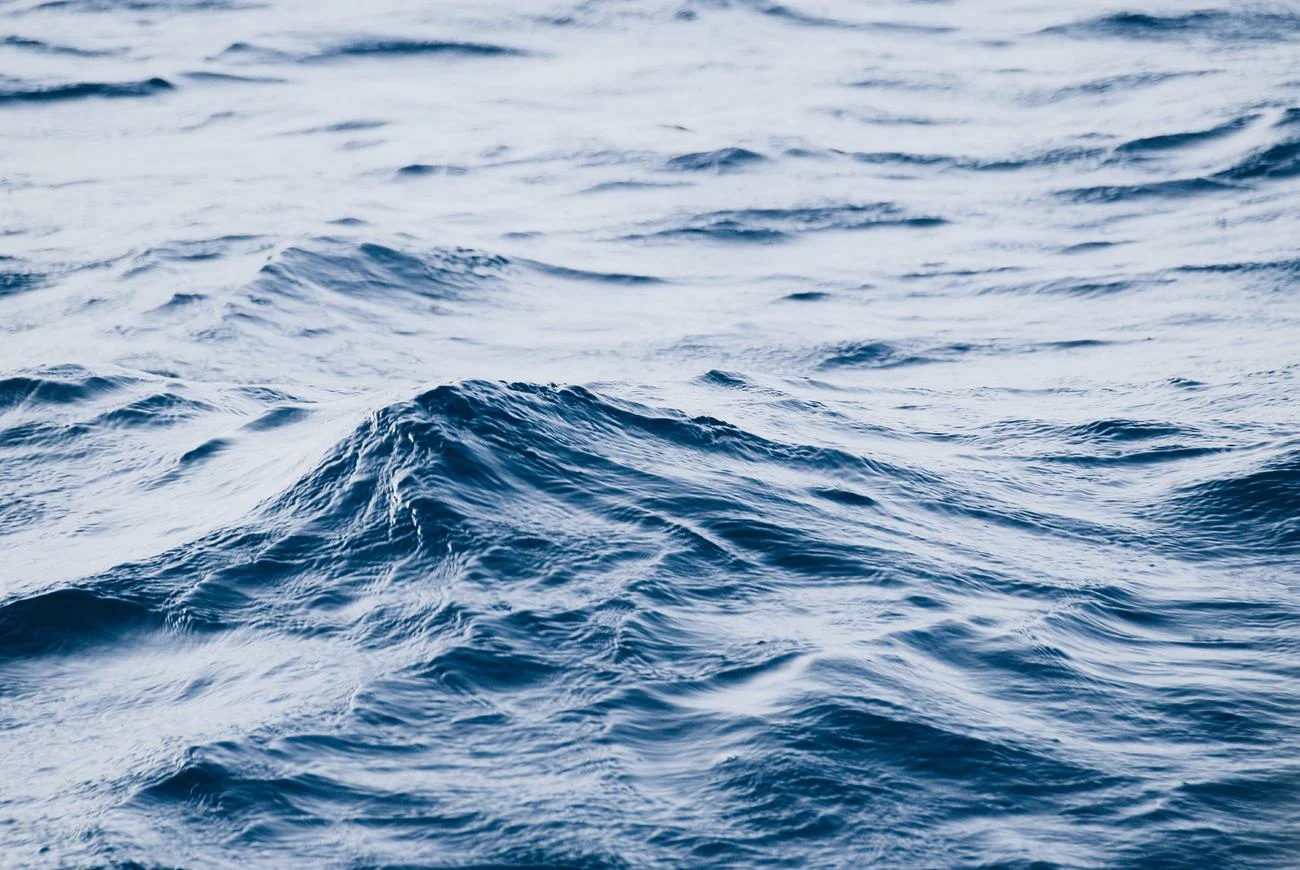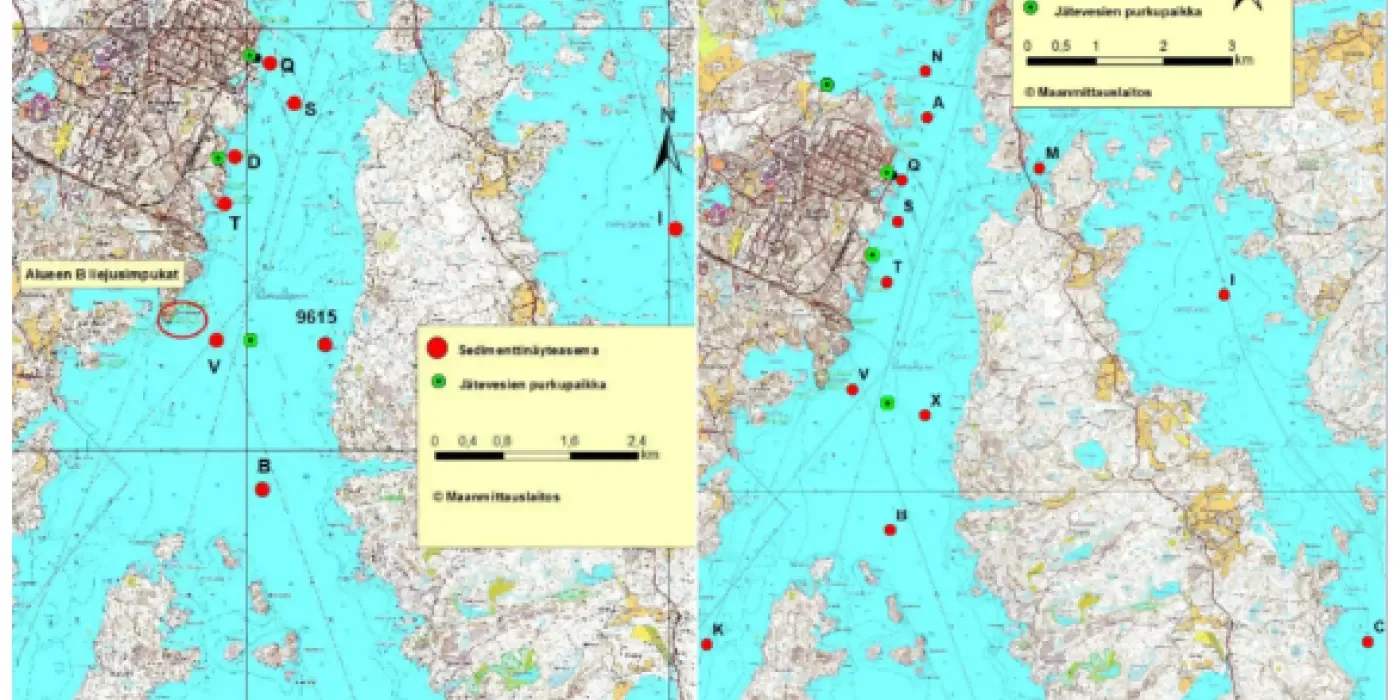
Sustainability
3 minute read
Extensive monitoring of surface waters for more than 30 years
Surface waters (water quality and the benthos, i.e organisms living in the sea bottom) in the vicinity of the Porvoo refinery have been monitored actively for more than 30 years. For benchmark purposes Neste undertook the very first benthos investigation as early as 1965, at the time the oil refinery started operations.
Surface waters (water quality and the benthos, i.e organisms living in the sea bottom) in the vicinity of the Porvoo refinery have been monitored actively for more than 30 years. For benchmark purposes Neste undertook the very first benthos investigation as early as 1965, at the time the oil refinery started operations.
The biggest polluters in the sea area off Porvoo are Porvoonjoki and Mustijoki. The amount of load they have brought in 2019 was more than 90% of the total load entering the area. The effluent load clearly shows a declining trend in nitrogen, solids and chemical oxygen demand.
Currently the water monitoring is undertaken in close cooperation with the local municipalities, other industries and the authorities. Share of Neste refinery wastewater discharges is less than 5% of the total load into the receiving sea water areas. The long-term development of water quality between 1990 and 2019 in that area shows slight reduction of nutrients and eutrophication. However, oxygen content near the sea bottom has a negative trend in the area. The figure below shows location of water quality and benthos sampling points.

Image: Location of water quality and benthos sampling points 2019 in the sea area close to Neste refinery in Porvoo.
Benthic species and fish in the water areas
The predominant benthic species in biomass was mussel (Macoma balthica) at most sampling stations. The mussel community was dominated by small, young individuals, indicating good reproduction of the species in the observation area. New species have been found in the ports of the Gulf of Finland, which also occur in the sea area off Porvoo. In addition to shipping, the situation may be affected by climate change, as a slight rise in the surface water temperature in the sea area off Porvoo has been observed since the 1990s and averaged around 13–14°C in the 1990s and around 15–17°C in the 2010s.
In the monitoring of pollutants in fish, the pollutants studied from the perch off Porvoo were below the limit values or represented the level of no-load areas in the coast. The sediments showed a slightly elevated oil content in front of the port of Sköldvik.
The annual catches of recreational fishermen seem to be continuing to decline and the most common catch species in the sea area off Porvoo have been perch, pikeperch, pike, bream and roach. Based on fishing intelligence, recreational fishermen had generally observed phenomena of coastal eutrophication, such as water turbidity, algal blooms, roach abundance and fouling. In 2019, there was only one commercial fisherman fishing off Porvoo, with the annual catch being only 248 kg.
The renovation of the wastewater treatment plant, carried out jointly by Neste and Borealis, was completed in late 2019, which will reduce the nitrogen load on the sea area.
Read more about the monitoring (only in Finnish).